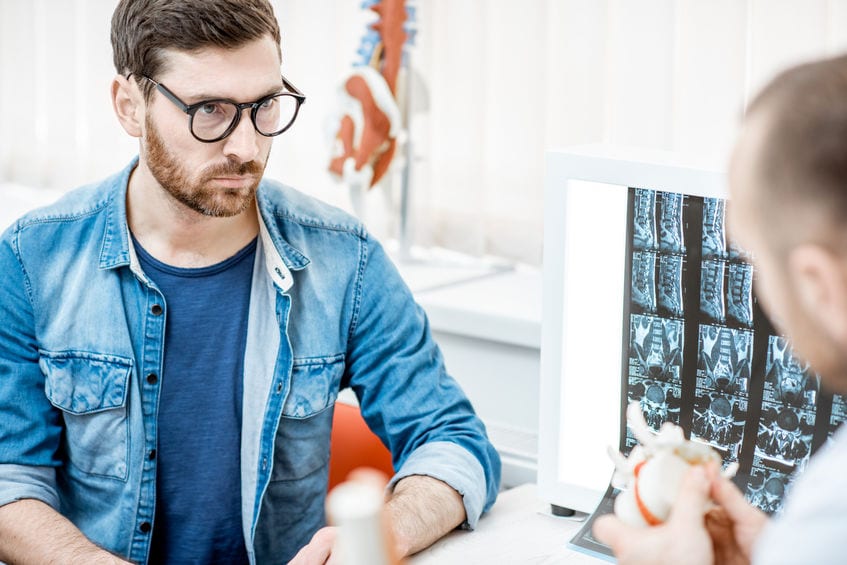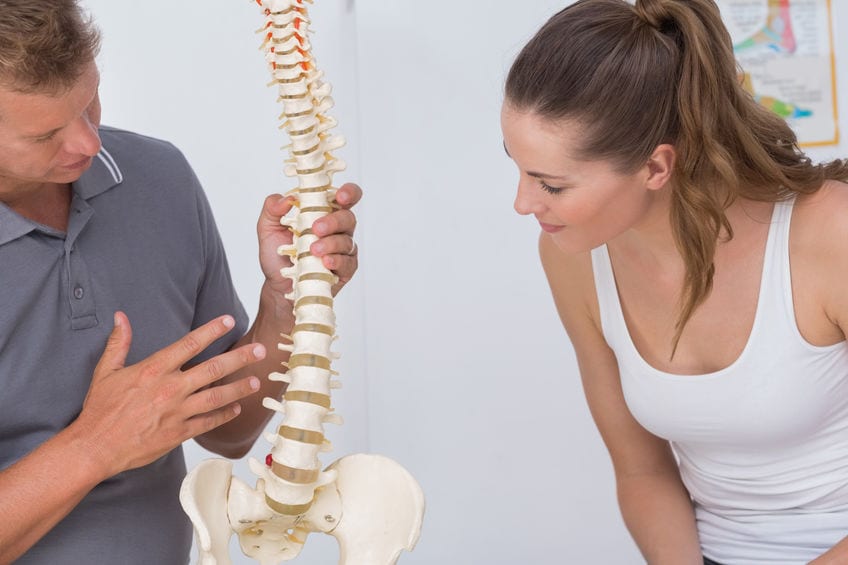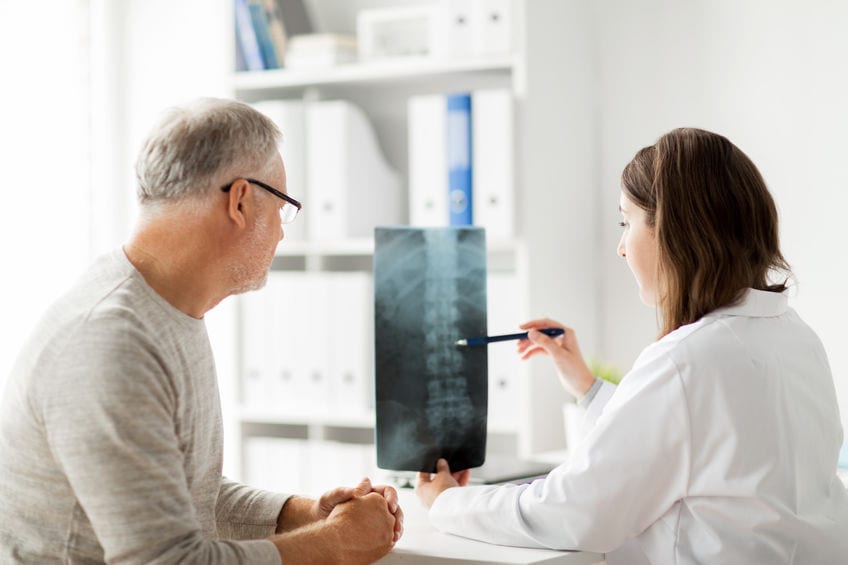A Condition With An Unknown Cause
Reading Time: 2 minutesBy definition, scoliosis refers to an abnormal curving of the spine. Most people who develop scoliosis are in the adolescent or teenage years. However, some adults can also develop scoliosis. In the majority of cases, the condition does not have a known cause. The reason for scoliosis is unknown in about 80% of cases.
How can I prevent it?
When the cause of a condition is unknown, this can make even prevention more challenging. Recognizing early signs of spine curvature is critical. Some people may start to notice clothes fitting differently, an uneven waistline, or one pant leg hanging longer than the other. In some cases, a visible curving of the spine is evident when someone else looks at the back.
Is scoliosis painful?
Pain may not always be the first or most reliable indicator of scoliosis. However, some forms of the condition may cause back or neck pain, muscle spasms, or pain at the abdomen. In adults, bone damage that has resulted from scoliosis can also cause back pain. This specific form of scoliosis occurs when the bones and joints wear down, causing the discs in the spine to lose height and bend.
Surgery and treatment options
Many people worry that scoliosis requires the surgical rebuilding of a straight spine. Contrary to this misconception, many adults with the condition do not require surgery. In many cases, treatment will involve symptom management. A treatment plan will likely include physical therapy, pain medications, or other pain management strategies such as steroid injections. When surgery is required, spinal decompression aims to remove the compressed disc and relieve pressure on the spine.
Other reasons for low back pain
Unfortunately, low back pain is common in adults. Simply sitting or standing in an uncomfortable position can cause some strain. Adults may also experience back pain due to overuse, perhaps after a more intense day of exercise or movement. However, when pain lasts for more than a week or two, people should consider consulting with a healthcare provider. Herniated discs, spinal stenosis, and small fractures can all be culprits for chronic back pain.
Find treatment today
No matter the cause of back pain, no one should have to live with chronic discomfort. If the pain doesn’t decrease with rest and over-the-counter pain relievers, patients should seek an appointment with a healthcare provider. An orthopedic specialist can provide diagnosis and treatment options for scoliosis and chronic back pain.










